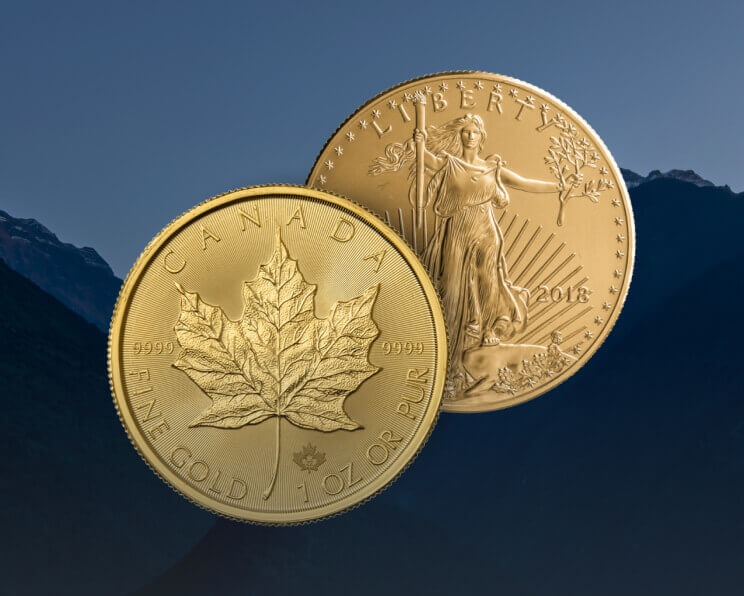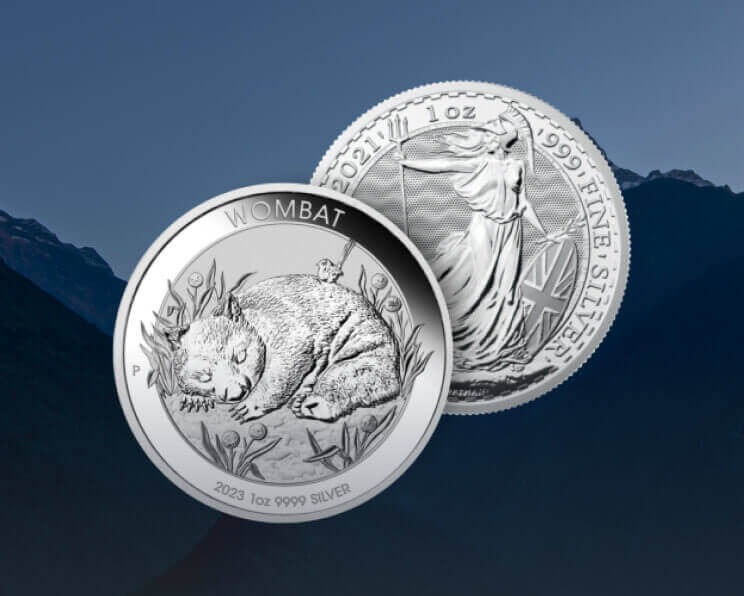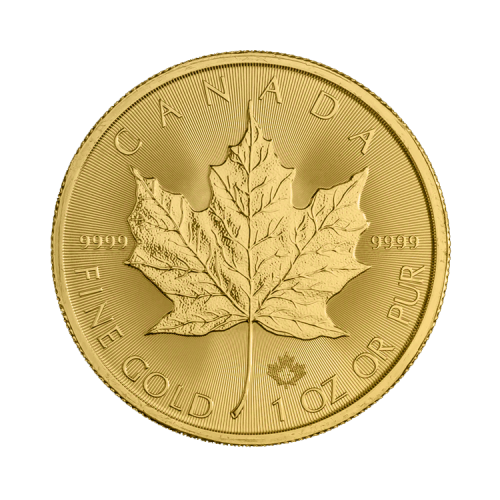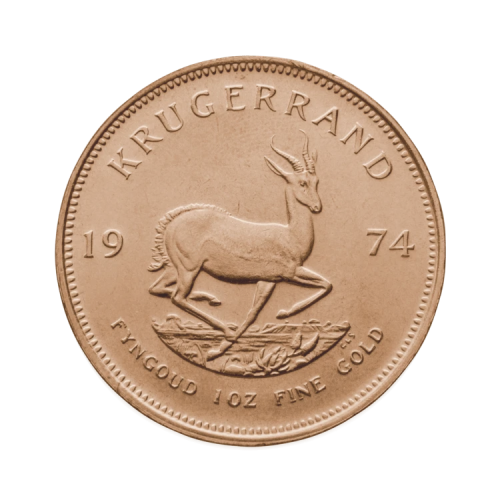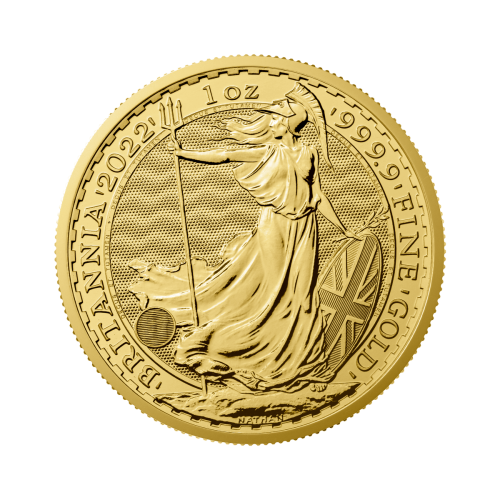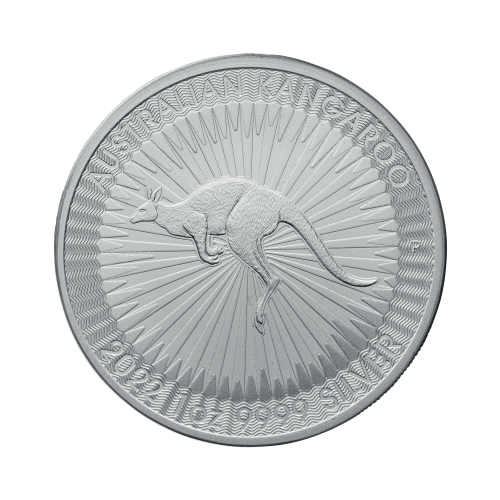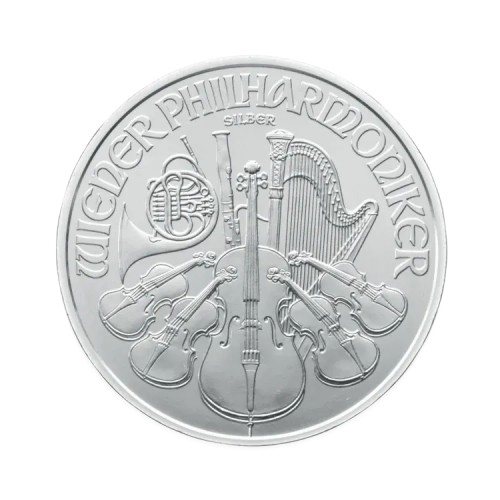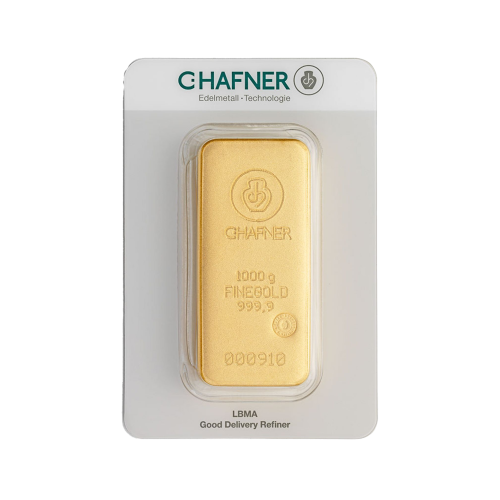Current rate
What is the gold-silver ratio?
The gold-silver ratio is a financial ratio indicating the relationship between the prices of gold and silver. It is calculated by dividing the price of gold by the price of silver. For example, at the time of writing, the price of gold is €70,099 per kg and the price of silver is €904 per kg, resulting in a gold-silver ratio of 70,099 / 904 = 77.54.Thus, the gold-silver ratio indicates how many troy ounces of silver—77.54 in this case—are needed to purchase one troy ounce of gold.
The gold-silver ratio is a crucial measure for investors and analysts in the precious metals market. It varies over time due to differences in supply and demand, economic conditions, geopolitical factors, and speculation. The ratio can help investors decide whether gold or silver is relatively more attractive to buy or sell at any given time.
Why is the gold-silver ratio important?
The gold-silver ratio signifies how many troy ounces of silver are required to purchase one troy ounce of gold, serving as a gauge to analyze the relative value between the two metals. It aids investors in deciding when it might be advantageous to favor one metal over the other for buying or selling.Historically, the ratio has ranged widely, from approximately 15:1 to 100:1. Studying historical trends can provide insights into what constitutes a normal range and predict potential future movements.
What are historical trends in the gold-silver ratio?
In ancient and medieval times, the gold-silver ratio was generally stable, typically around 10:1 to 15:1. During the age of exploration and trade expansion from the 16th to the 19th century, the ratio began to fluctuate more, influenced by factors such as mining discoveries, trade patterns, and the rise of different monetary systems, ranging from about 12:1 to 16:1.How can I use the gold-silver ratio in my investment decisions?
Some investors find the gold-silver ratio useful for timing their investments:- Timing Purchases and Sales: It can assist in timing when to buy or sell. A high ratio suggests gold is relatively expensive compared to silver, making silver potentially more attractive to buy (and possibly selling gold).
- Economic Signals: Changes in the gold-silver ratio can also provide economic signals. An increasing ratio might indicate economic uncertainty or weakened industrial demand for silver, while a decreasing ratio could indicate strong silver demand and potential economic growth.
- Historical Reference: By examining historical trends of the gold-silver ratio, investors can assess whether the current ratio is at the high or low end of the historical spectrum, aiding in evaluating potential risks and returns based on past market movements.
How does the gold-silver ratio change?
The gold-silver ratio is a dynamic measure constantly changing due to various factors influencing gold and silver prices. These changes occur in response to market shifts, economic conditions, and geopolitical events.On any given day, the gold-silver ratio can fluctuate due to shifts in supply and demand for both precious metals. For instance, increased industrial demand for silver due to new technological developments could raise its price relative to gold, thereby lowering the gold-silver ratio.
During times of economic uncertainty, such as a global recession, gold may become more attractive as a safe haven for investors. This increased demand for gold can raise its price and increase the gold-silver ratio, as gold becomes more expensive compared to silver.
Central bank decisions, such as changes in interest rates or monetary easing, also impact the gold-silver ratio. A reduction in interest rates, for example, can drive up both gold and silver prices, affecting the ratio.
Speculative trading in financial markets also plays a role. Traders may anticipate future price movements of gold and silver based on technical analysis or market sentiment, leading to significant short-term fluctuations in the gold-silver ratio.
All these factors together make the gold-silver ratio a critical indicator for investors active in precious metals. Understanding this dynamic helps investors strategically decide when to buy or sell gold and silver based on their investment goals and current market conditions.
The Silver Mountain
Most frequently asked questions about the gold-silver ratio
What is the gold-silver ratio?
The gold-silver ratio is a financial metric that indicates the ratio between the price of gold and silver. It is calculated by dividing the price of gold by the price of silver.
How is the gold-silver ratio calculated?
The gold-silver ratio is calculated by dividing the current price of gold by the current price of silver. For example, with a gold price of EUR 2,160 per troy ounce and a silver price of EUR 30 per troy ounce, the gold-silver ratio is 2,160 / 30 = 72.
Why is the gold-silver ratio important?
The gold-silver ratio is important because it helps investors make decisions about buying or selling gold and silver. A high ratio may indicate that silver is undervalued relative to gold, while a low ratio may suggest that gold is undervalued relative to silver.
What is the historical gold-silver ratio?
Historically, the gold-silver ratio has varied significantly. In ancient and medieval times, the ratio often ranged between 10:1 and 15:1. In modern times, the ratio has shown wider fluctuations, from about 15:1 to over 100:1, depending on market and economic conditions.
What is a good gold-silver ratio to invest in silver?
There is no fixed "good" ratio, but historically, a ratio above 80 is often seen as an indication that silver is undervalued relative to gold. Investors might use this as a signal to buy more silver.
What is a good gold-silver ratio to invest in gold?
As with silver, there is no fixed ratio for investing in gold. Historically, a ratio below 40 is often considered an indication that gold is undervalued relative to silver, which could be a buying opportunity for gold.
How often does the gold-silver ratio change?
The gold-silver ratio changes daily, depending on fluctuations in the prices of gold and silver. It is a dynamic metric that responds to market trends, economic events, and changes in supply and demand.
Is the gold-silver ratio a reliable indicator for investments?
While the gold-silver ratio can be a useful tool for investors, it is important to use it in conjunction with other analyses and market information. The ratio can exhibit fluctuations that do not always reflect underlying value differences, so thorough analysis of market conditions is essential.
Disclaimer: This article is not intended as professional investment advice or as a recommendation to make specific investments.
